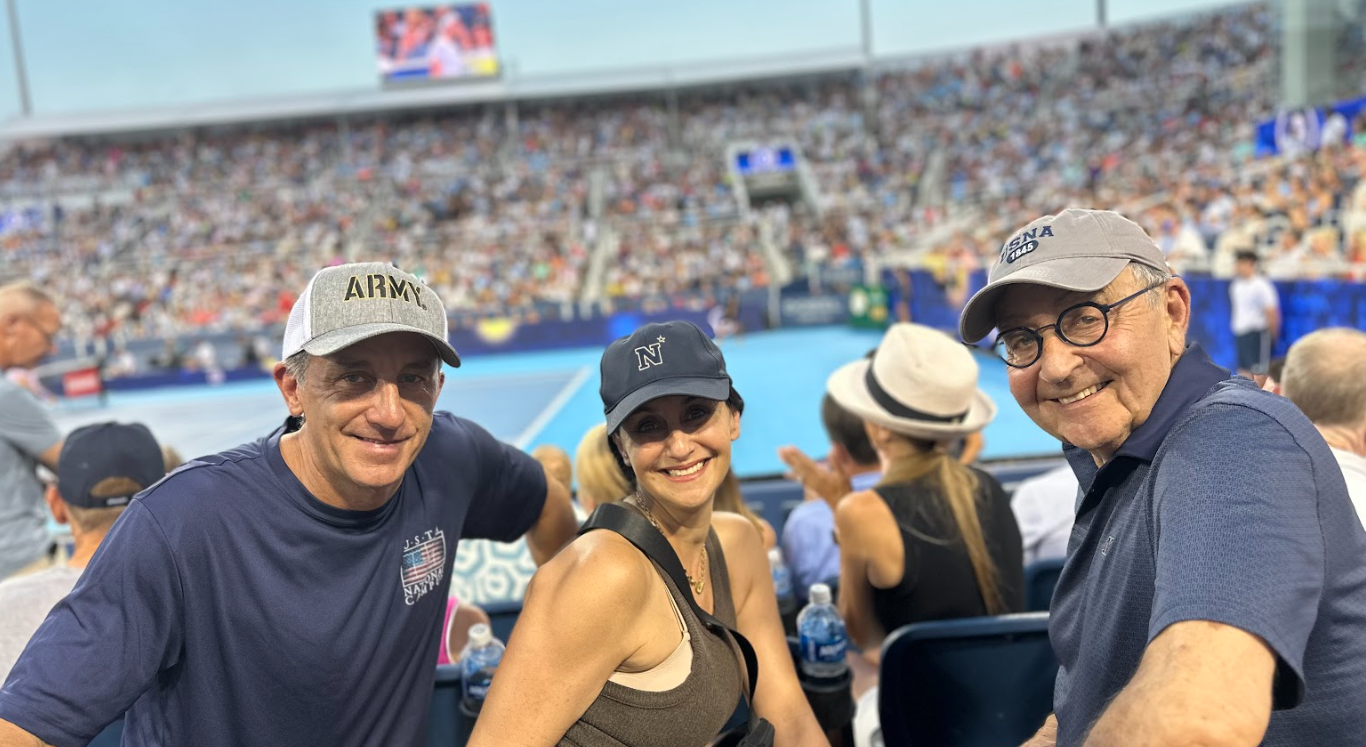Mastery and practice: From Baseline to Brushstroke

This weekend, I had a chance to watch quite a bit of tennis at the Cincinnati Open. As I sat in the stands watching the ball from left to right, I had one of those lightbulb moments: these incredible athletes are artists. Similar to the makers on our site who devote their lives to their craft, tennis players spend their lives honing their skills in search of success. Both do it for the love they have for this chosen profession.
Mastery and practice are at the core of what translates to success for both professional athletes and artists. For players, literally thousands of hours are spent refining technique, building muscle memory, and learning to perform instinctively under pressure. Similarly, artists practice relentlessly; they experiment with different mediums, styles, and techniques to ensure that every single brushstroke or sculptural detail is perfectly shaped. This is often achieved by countless hours of repetition and refinement. For both, the end-game requires discipline, patience, and the utmost dedication to mastery.
Performance and presence also draw parallels between artists and professional players. As much as success is sought in the public eye for tennis players, artists’ work demands presentation and an ability to evoke a response. For both, visibility and presence are vital for ultimate success.
Everyone always thinks of artists as creative. Tennis players are also creative… every match played is different then the other because of the opponent, environmental factors, and mindset. In such, players must learn to read their opponents, adapt strategies, and innovate their shots in real time. For artists, each “canvas” is unique and thus, they must learn to respond to different materials, space, ideas, and emotions. Both artists and tennis players must balance spontaneity and structure, following rules while improvising spur-of-the-moment.
Finally, consider emotional expression as something that plays a paramount part in success. For tennis players, that translates to body language, reactions, and decision-making; for artists, the canvas is a direct channel for emotions… inviting the viewers into their inner world. Emotional truth is central to impact whether via a winning point or a compelling piece.
Leaving the stadium, I was newly in awe of the dedication, commitment, and fortitude it must take to devote your life to something that moves others so much. Players’ endless practicing of serves and drills are not unlike an artist training their hand. The similarities are plentiful- a tennis court mimmicks a canvas where the baselines are borders and the ball is the medium. The powerful difference is that the artist leaves behind a tangible object while the tennis player leaves behind a vivid memory.
Similar to how great artists are remembered for their work: Picasso for constantly reinventing himself and mastery across mediums and Modiglianai for his elegant signature style of elongated faces and forms, the top players are known for their unique attributes: Federer for his effortless grace and Nadal for his never-ending endurance. However in the end, neither tennis nor art is only about winning or competition. Both are about presence, about transforming practice and labor into something fleetingly sublime, and about making the invisible… visible. I think we can all believe that true greatness… whether with a racket or a brush… lies in the ability to make others feel: to stop, to watch, and ultimately- to remember.